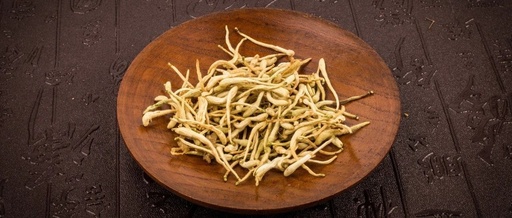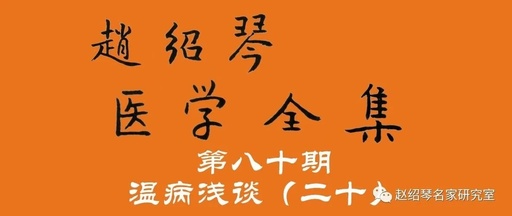Two Case Studies on Treating Exogenous Diseases (Experience of Renowned Physician Shi Jinmo)
Introduction Exogenous diseases refer to illnesses caused by the invasion of external pathogenic factors, clinically manifested as nasal congestion, runny nose, sneezing, cough, headache, chills, fever, and general malaise. These symptoms can occur in all seasons, with a higher prevalence in spring and winter. The method of relieving exterior symptoms (解表法) refers to treatment approaches … Read more







